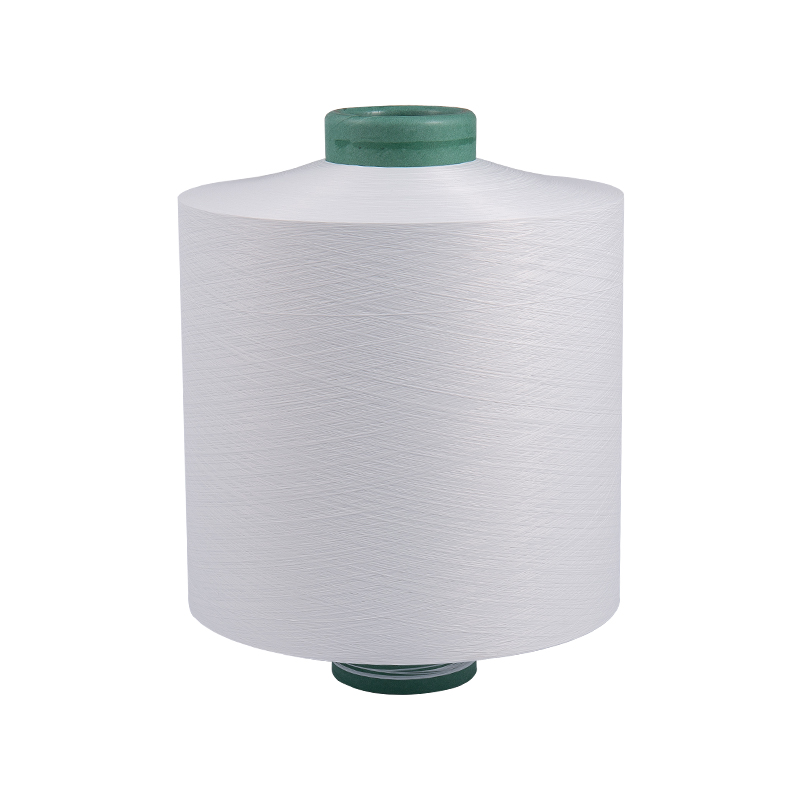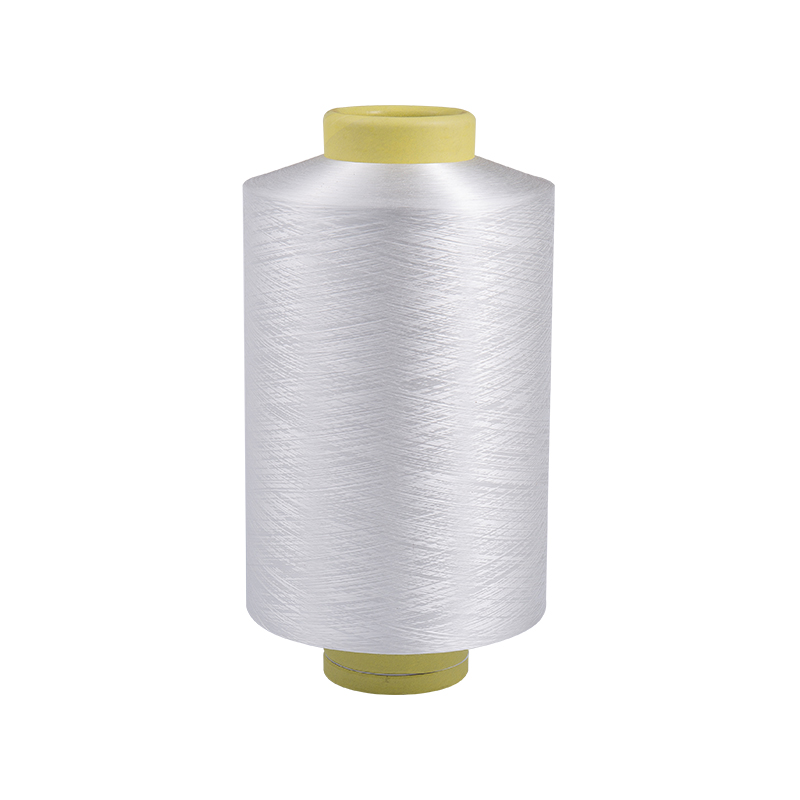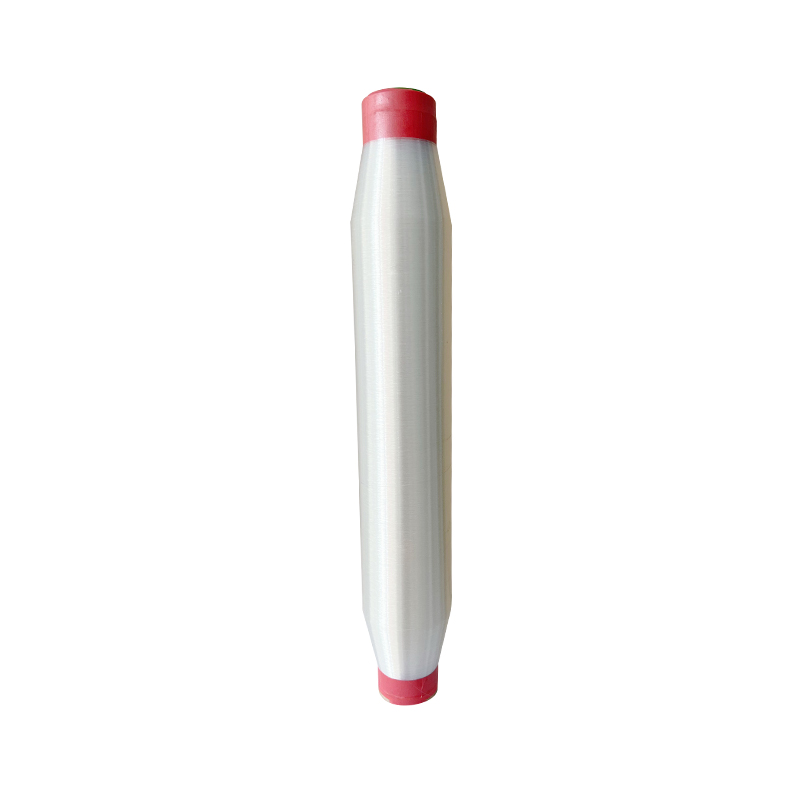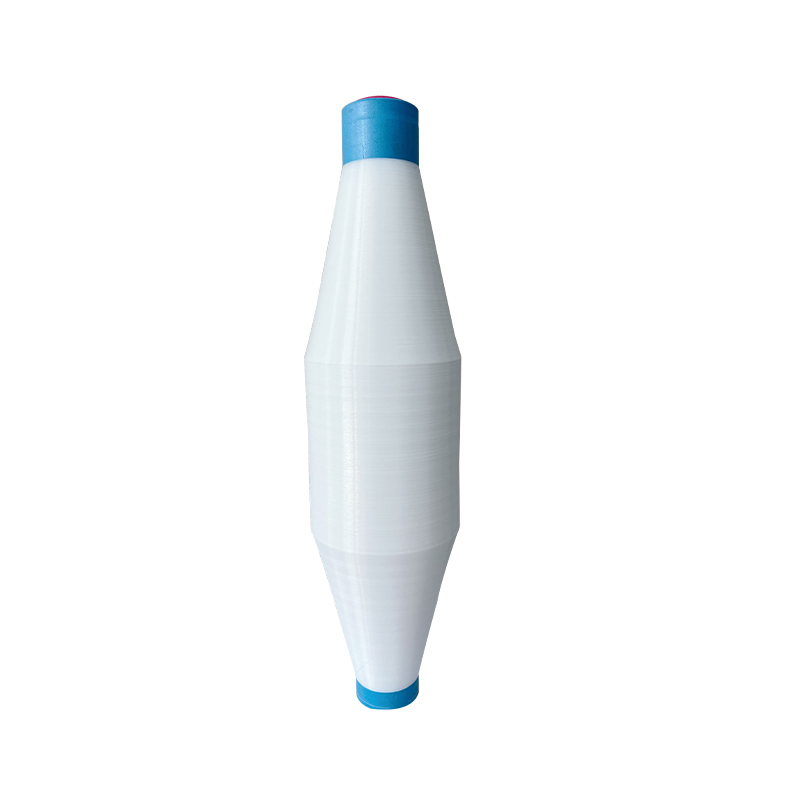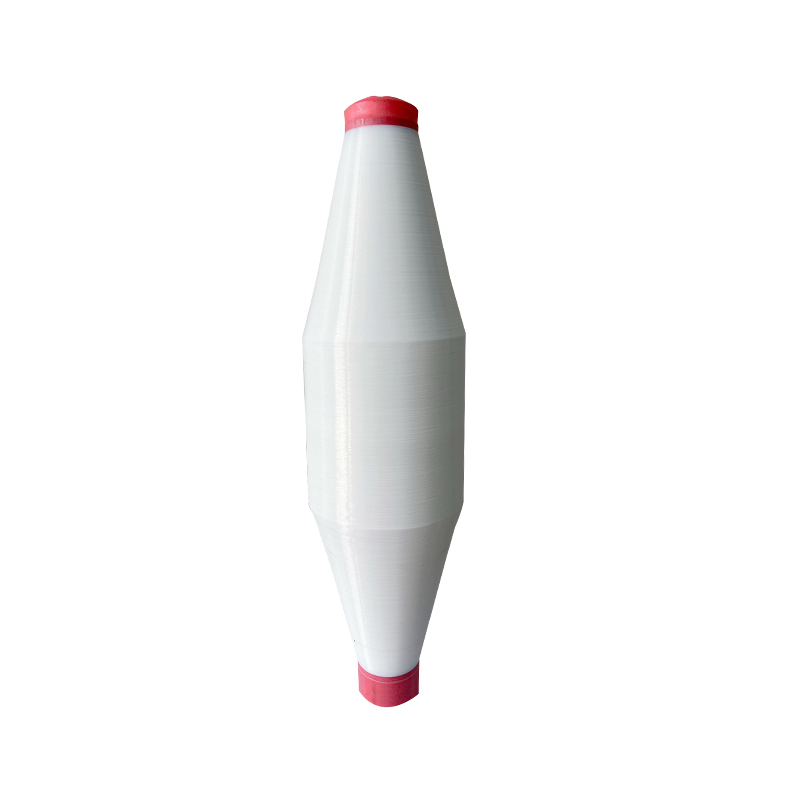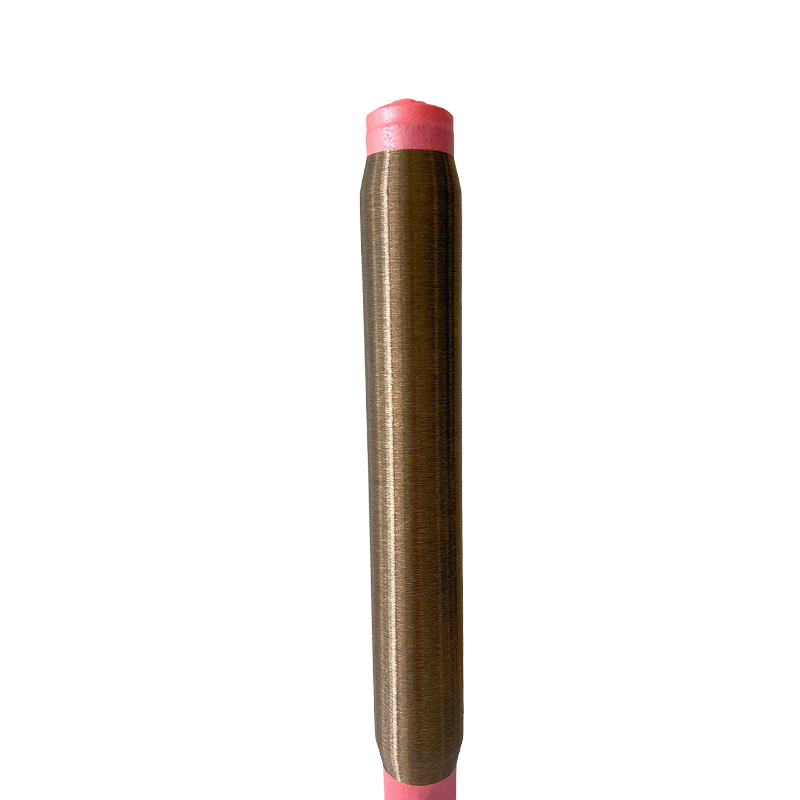How does the polymerization and extrusion process affect the physical properties of polyester yarn?
2025-08-29
The polymerization and extrusion process is fundamental in determining the physical properties, performance, and versatility of polyester yarn, influencing aspects such as strength, elasticity, texture, and durability. Polyester yarn, mainly composed of polyethylene terephthalate (PET), undergoes a carefully controlled series of chemical and mechanical processes, and each stage has a direct impact on the characteristics of the final fiber.
During polymerization, PET molecules are chemically bonded to form long polymer chains with high molecular weight. The length and uniformity of these chains are crucial because they determine the yarn’s tensile strength, resilience, and thermal stability. Higher molecular weight polymers generally produce fibers that can withstand greater mechanical stress, resist deformation, and maintain dimensional stability over time. Moreover, the polymerization process influences the degree of crystallinity within the polymer structure. Properly controlled crystallization enhances stiffness, heat resistance, and shrinkage control, while areas with lower crystallinity contribute to fiber softness and flexibility. The balance between crystalline and amorphous regions allows manufacturers to customize yarns for specific applications, ranging from heavy-duty industrial textiles to soft apparel fabrics.
The extrusion process further shapes the physical and functional properties of polyester yarn. In this stage, molten PET is forced through spinnerets to form continuous filaments. The design of spinneret holes, extrusion pressure, and cooling conditions significantly influence filament diameter, uniformity, surface smoothness, and overall consistency. Rapid cooling tends to produce highly oriented fibers with higher crystallinity, resulting in greater tensile strength, stiffness, and dimensional stability. In contrast, slower cooling can produce fibers with slightly lower orientation and more amorphous content, enhancing softness, elasticity, and comfort, which is desirable for textile applications like clothing or upholstery. The extrusion process also allows for the addition of functional additives, such as delustering agents, antistatic compounds, UV stabilizers, or flame-retardant materials, which can improve appearance, performance, and durability of the yarn in specific applications.
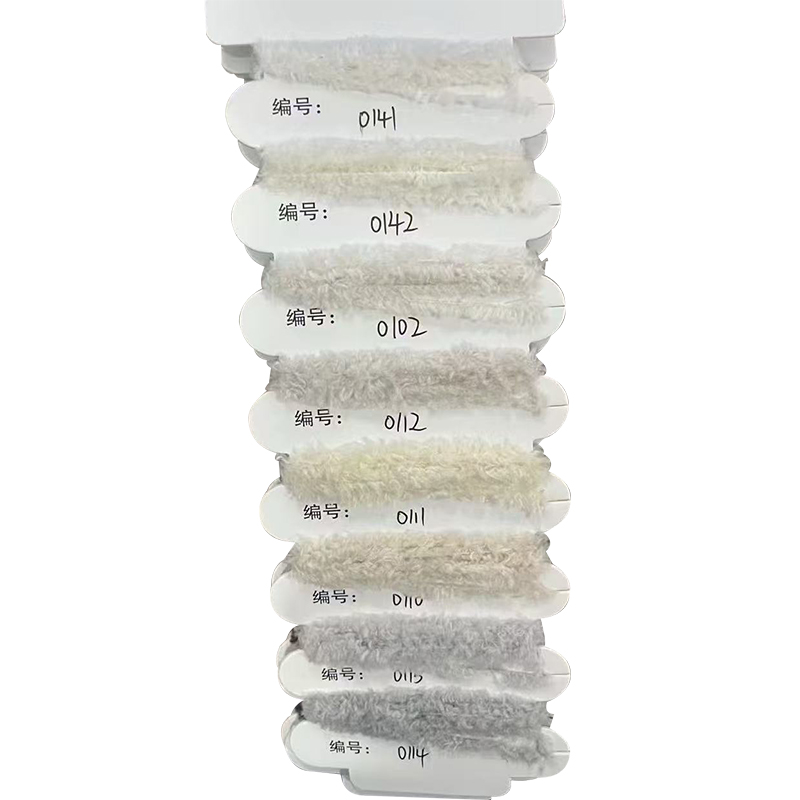
Following extrusion, the yarn undergoes stretching or drawing, which aligns polymer chains along the fiber axis and significantly enhances mechanical properties. The degree of drawing affects fiber strength, elongation, resilience, and surface finish. Highly drawn fibers exhibit superior tensile strength and dimensional stability, making them suitable for industrial fabrics, technical textiles, and applications requiring high durability. Lightly drawn fibers, on the other hand, retain greater elasticity and a softer hand feel, making them ideal for apparel or home textiles that prioritize comfort.
Additionally, subtle variations in polymerization and extrusion parameters can tailor other performance characteristics, including moisture wicking, dye uptake, abrasion resistance, and resistance to chemical or environmental degradation. By carefully controlling these processes, manufacturers can produce polyester yarn that meets diverse industry requirements—from high-performance outdoor fabrics to soft, luxurious fabrics for interior furnishings or garments.
In conclusion, the polymerization process establishes the molecular structure, chain length, and crystallinity of PET, laying the foundation for strength, thermal stability, and resilience, while the extrusion and drawing processes define the fiber’s filament structure, surface characteristics, uniformity, elasticity, and functional performance. The interplay of these processes determines whether polyester yarn excels in high-strength industrial applications, durable home textiles, or comfortable apparel, and meticulous control at each stage is essential to achieve the desired balance of mechanical, aesthetic, and functional properties.
This version is longer and provides more depth on how each stage influences both physical and functional characteristics of polyester yarn.




 English
English 中文简体
中文简体 Español
Español عربى
عربى

